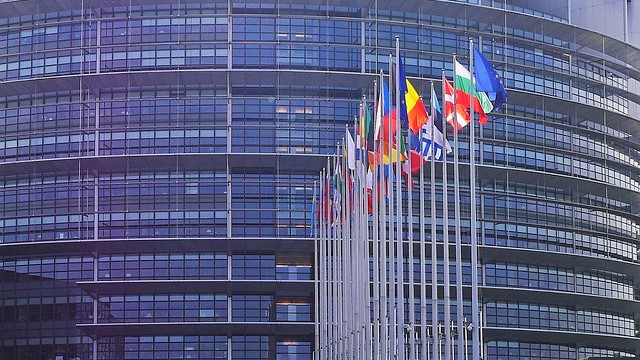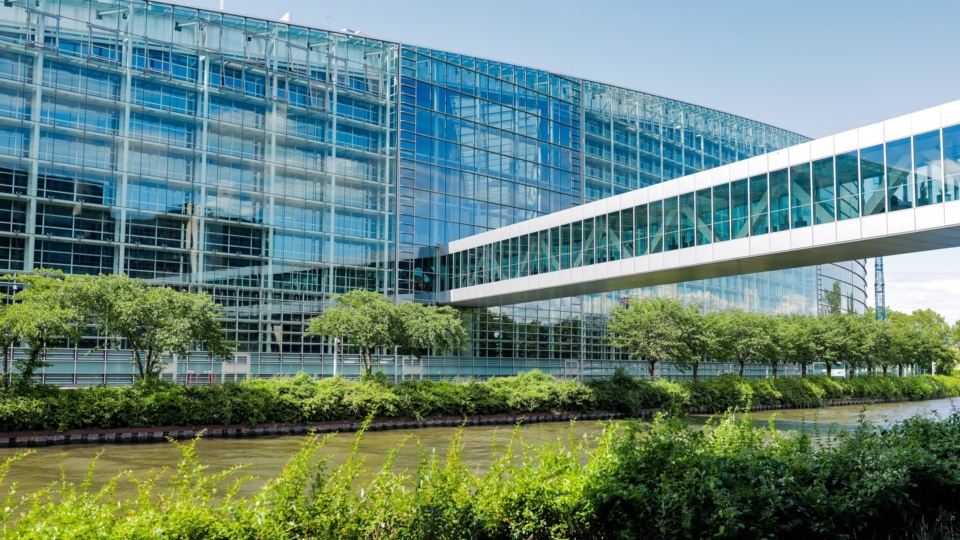The European Green Deal: Second international referential
- 20 March 2023
The European Green Deal is an initiative of the European Union in the area of sustainable development. It is the second international standard to be the subject of a module in CAKE Train’s research.
For the members of CAKE Train, it is an important reference because of its European scope, since European cooperation is at the heart of our artistic practices. However, its link with the cultural sector is not obvious at first sight.
The ambitions of the Green Deal
Adopted on December 11, 2019 at a global climate summit, the Green Deal for Europe is a set of policies aimed at transforming many sectors of society to achieve the EU’s commitments to sustainable development. Indeed, the EU is notably party to the 1994 United Nations Framework Convention on Climate Change, which commits the most developed countries to limit greenhouse gas pollution, and to the 2015 Paris Agreement, which aims to limit global warming to 1.5°C.
The green deal wants to ensure:
- an end to net greenhouse gas emissions by 2050,
- economic growth that is decoupled from resource use,
- that no one is left behind.
To succeed, the transition to a circular economy is one of the key elements, by decoupling economic growth from resource use.
As a cross-cutting strategy, the Green Deal covers almost all policy areas and therefore encompasses many sectors. Its main areas of action are:
- Transportation: providing clean, accessible and affordable transportation, even in the most remote areas
- The third industrial revolution: creating new markets for new clean technologies and products.
- Energy: increase the share of renewable energy and increase energy efficiency.
- Buildings: renovate homes to save energy, protect against extreme temperatures and fight against fuel poverty.
- Nature: Restore nature and allow biodiversity to thrive again to absorb and store carbon.
- Global climate action: working with international partners to eliminate the threat that climate change poses to the world.
Finally, the Green Deal also includes a plan to recover from the COVID-19 pandemic, and to compensate for the delay that this has caused to some Member States regarding sustainable development.

The resources of the Green Deal
The European climate law established a scientific advisory council, composed of experts who judge the conformity of European legislative initiatives with the EU’s environmental strategy. It also provides for the Commission to evaluate every five years the efforts made by the Member States in this area.
The Investment Plan for a Sustainable Europe offers various instruments and policy initiatives to provide the sustainable investments needed to finance the Green Deal. The aim is to mobilize both public investment and to attract private resources.
The investment plan is based on three pillars:
- Financing: mobilizing one trillion euros of investment over the next decade
- Facilitation: creating a facilitation framework for private investors and the public sector
- Practical support: tailored support for public administrations, private and public projects
The funds mobilized, while substantial, are considered by some critics to be insufficient to meet the challenge. The private investment, which is supposed to complete the system, leaves the fear that large companies will have an excessive influence. Finally, it has been pointed out that the member states do not all have the same means to enter into transition and that applying similar criteria to all without taking these differences into consideration risks exacerbating tensions between them.
Despite these reservations, the Green Deal remains the most ambitious of the international initiatives for sustainable development.

